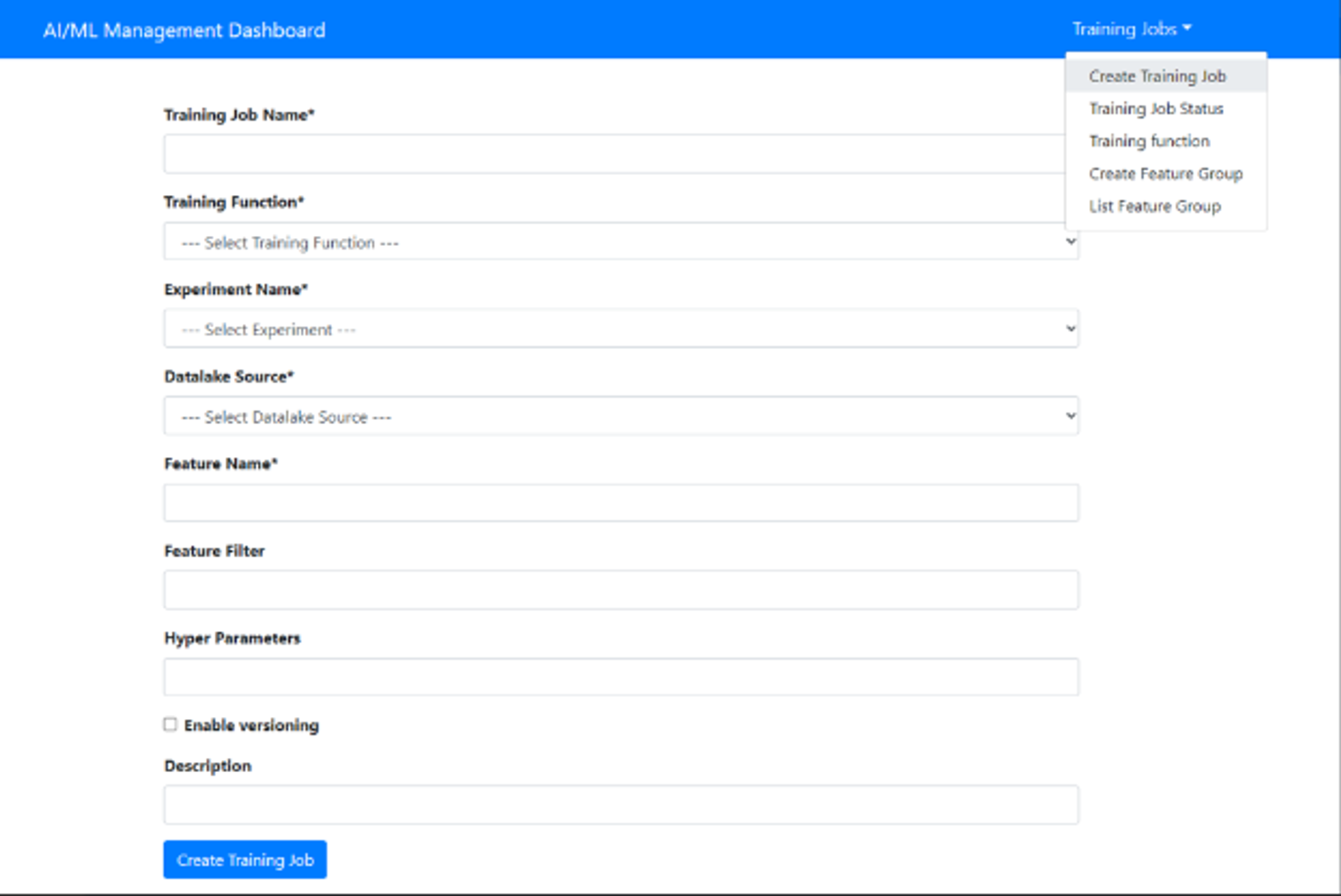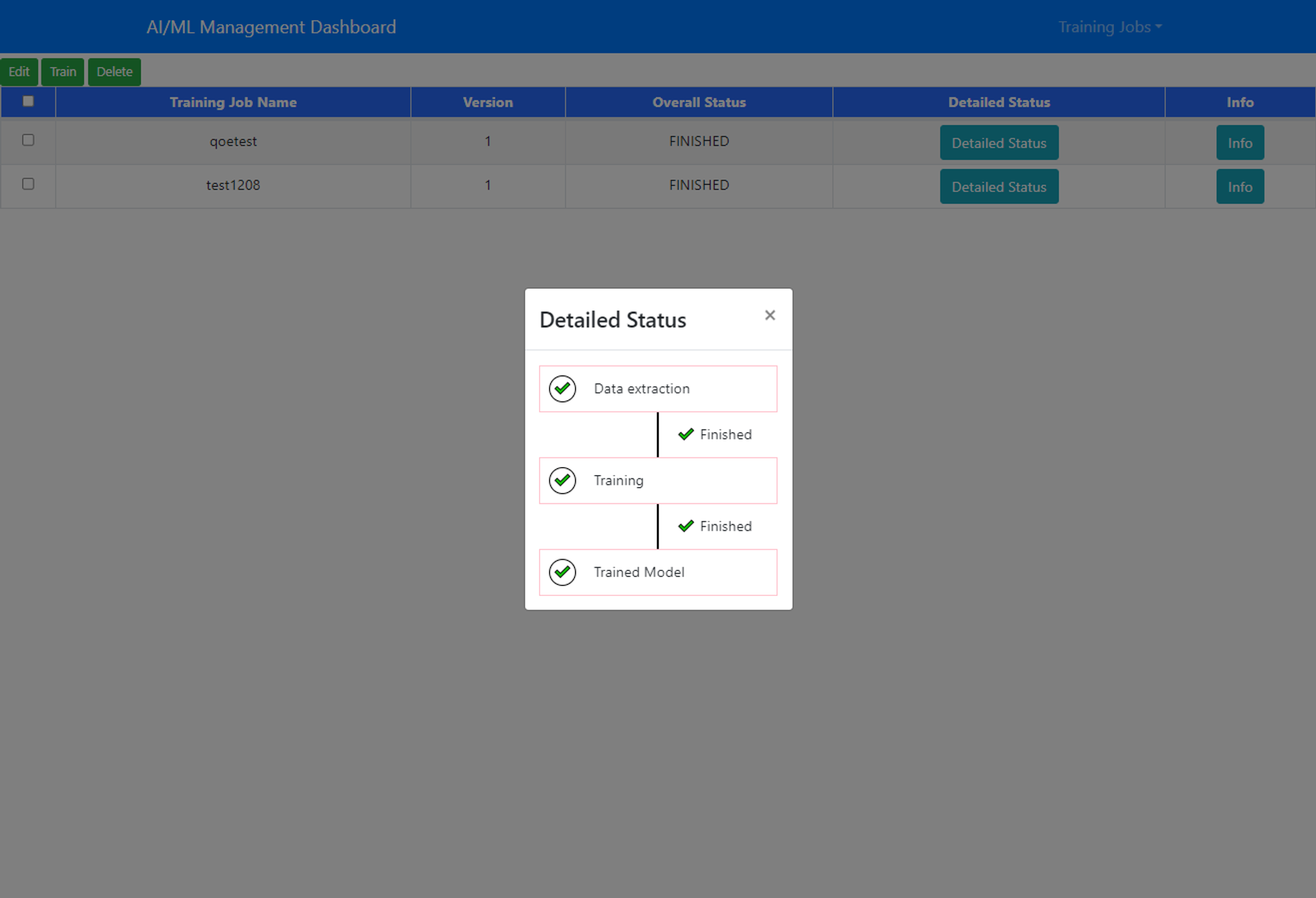...
Step 1. Query influx token
Code Block language bash linenumbers true collapse true # Search the influx "token" value in below output cat bitnami/influxdb/influxd.bolt | tr -cd "[:print:]"
Step 2. Create “UAVData” bucket (Inside Influx DB container)
Code Block language bash linenumbers true collapse true influx bucket create -n UAVData -o primary -t <token>
Step 3. Fill the file config (UAV_insert.py)
Code Block language py linenumbers true collapse true DATASET_PATH = '/path/to/dataset.csv' # Replace to the UAV dataset path INFLUX_IP = 'localhost' # Influx IP INFLUX_TOKEN = 'VJpoNpqeVnjzvhpPm8jZ' # Influx token
Step 4. Excute the insert processing to insert data into Influx DB
Code Block language bash linenumbers true collapse true python3 insert.py
- Step 5. Upload UAV_pipeline.ipynb to aiml-notebook and generate a UAV_pipeline.yaml
- Step 6. Start a UAV model training job
- Step 7. Load the UAV model
(To be added...)
File List
UAV_dataset.csv (Download)
The file contains collected UAV movement path data.UAV_insert.py (Download)
The file processes the UAV_dataset and inserts the data into InfluxDB.
(Changed required: DATASET_PATH , INFLUX_IP , INFLUX_TOKEN)UAV_pipeline.ipynb (Download)
The file defines the model structure and training process.UAV_input.json (Unfinished)
The json file is used for sample data.UAV_predict.sh (Unfinished)
The script used for excuting the model prediction.
Example
Input:
This input data represents a collection of points in a three-dimensional space, with each point defined by a set of three coordinates corresponding to the x, y, and z axes (After normalization).Output:
The output should be next xyz-axis path prediction (After normalization).
Contributor
- Joseph Thaliath
- Antony Wang
- Jasmine Lee

